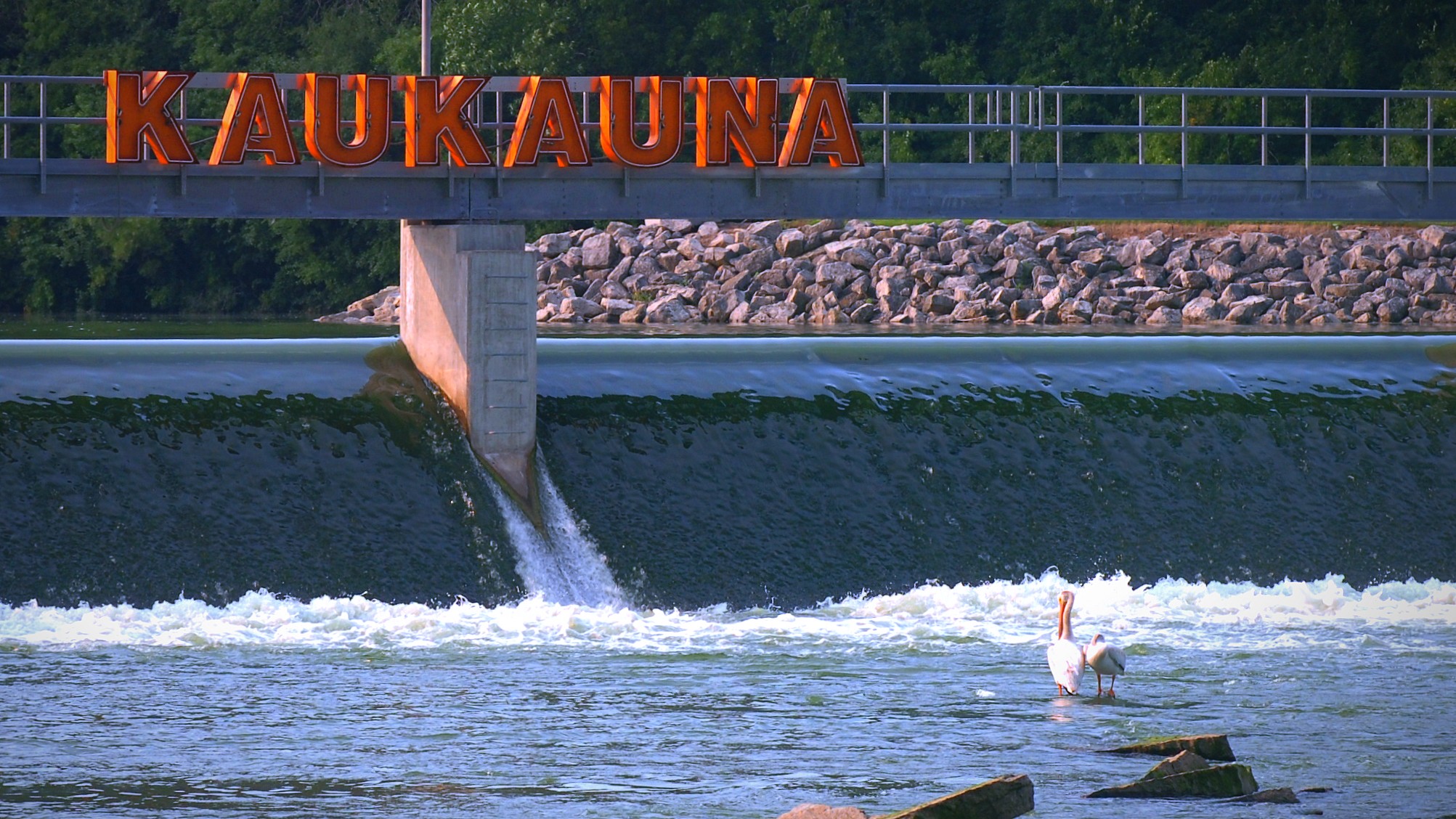BY: ISIAH HOLMES Wisconsin Examiner
GREEN BAY — The Wisconsin Department of Natural Resources has announced that it has officially finished the Lower Fox River PCB clean-up project.
The clean-up focused on polychlorinated biphenyl compounds, commonly known as PCBs. Although the clean-up itself was completed in 2020, a final stage known as a state closure was only recently approved. State closures can only be issued once clean-up work is done, and the U.S. Environmental Protection Agency (EPA) certifies that it’s complete.
The Lower Fox River basin covers four counties including Brown, Claumet, Outagamie and Winnebago. According to the DNR, 24 pulp and paper mills line the basin, and it includes an active shipping port supported by a variety of industries.
Over time, the basin had become polluted by stormwater runoff and pollutants from both urban and agricultural areas. “For over 40 years, environmental regulations and clean-up work have not fully protected or improved this ecosystem,” a background brief on the DNR website states.
The PCB Cleanup Project was completed with the help of the DNR, EPA, U.S. Fish & Wildlife Service, tribal nations and the corporations responsible for the clean-up and care of the river and bay. State closure letters will be mailed to people who live and work on the river before the DNR issues the final closure approval. The letters will be mailed in January to about 1,400 riverfront property owners.
Partnership for the project began between the DNR and EPA in 2004. At that time, clean-up started along 39 miles of the Lower Fox River and the bay of Green Bay. PCBs are toxic chemicals that were used in the production and recycling of carbonless copy paper in the 1950’s and 70’s. Contamination moved downstream to the bay and Lake Michigan and flowed into other Great Lakes freshwater systems. By 1979, PCBs were banned by the federal government due to health risks to humans and wildlife. Although discharges of the toxic compounds have ceased, their presence remains in waterways.
The clean-up project removed 6.5 million cubic parts of contaminated sediment, accomplished through hydraulic dredging. Engineered caps were also installed on another 275 acres of riverbed. The caps must be protected and not disturbed to ensure the clean-up remains successful for years to come. As such, the caps will require routine monitoring by the clean-up companies including Georgia Pacific, Glatfelter Corporation and NCR Corporation, which are responsible for all the work and costs.
Long-term testing for PCBs in fish tissue, sediment, and surface water will continue. The test results show significant reductions of PCB concentrations compared to measurements in 2006 for the upper reaches of the river. The entire bay will be tested every five years until cleanup goals are achieved to the satisfaction of the EPA and DNR, a DNR press release notes.
This story was republished from Wisconsin Examiner under the Creative Commons license.


